
The Catalan seed company invoices 64% of turnover through exports,...

The most popular use of supercomputation in industry is the...
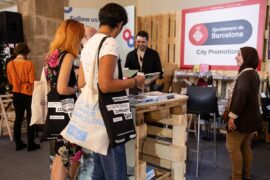
The Museu Marítim will host on October 28 the great...
There are many Inuit legends about the northern lights. Westerners,...
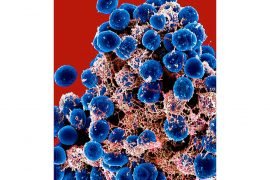
We are beginning to take in that it is possible...
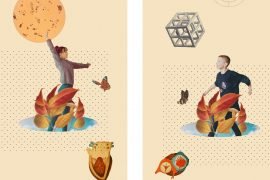
Fatigue, vomiting, hair loss... We have assumed that, to be...
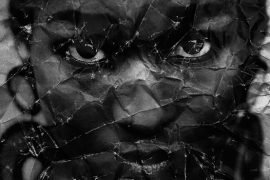
A longer life expectancy throughout the planet is something that...
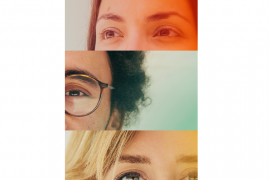
Just as in the universe there are so many planets...

When Rupert and Kristin Isaacson saw Rowan, their son with...

Barcelona hosts this November 29th its first edition of the...

Música clásica sobre la arena de la playa en dos...

The first session of the cycle on the regatta organized...

The hospital's managing director, Manel del Castillo, and the pharmaceutical...

Generalitat y Ayuntamiento impulsarán dos equipamientos de 'Casa de les...

Leticia Beleta, director of Alexion Pharmaceuticals in Spain and Portugal,...

We all have a friend who never leaves the Gràcia...

Barcelona director opts for Best International Film with 'La sociedad...

The hotel and industrial sectors softened the market's decline last...

The technology company, with a workforce of 35 employees and...

“The women of yesteryear were strong and had to fight...
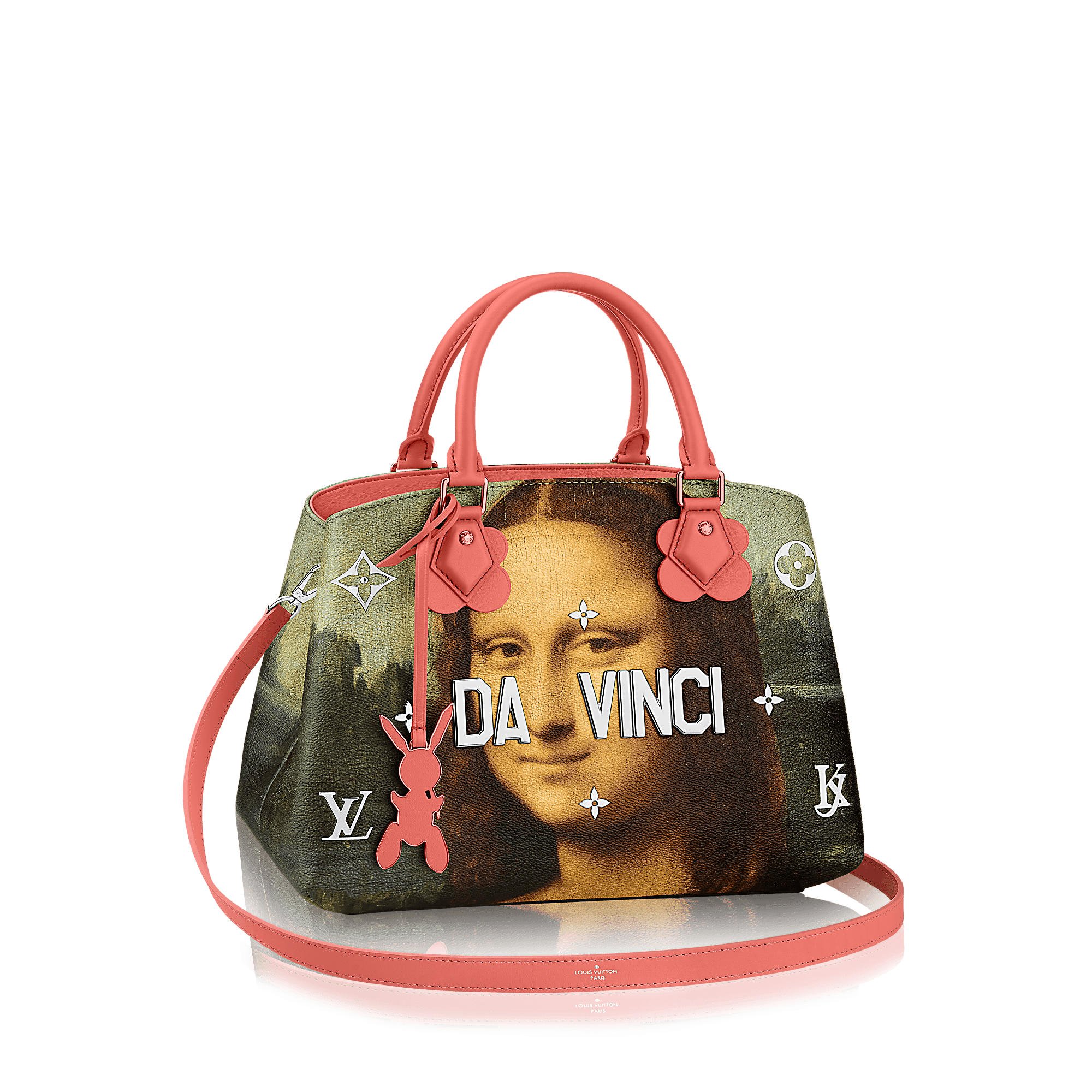
Would you like to walk around with the Giocconda under the arm? Having a business meeting with a Gauguin on the table or having a beer with Monet’s waterlilies on our lap? We do not mean canvasses or 170-cm wooden boards with heavy 1800’s frames. We are talking here carefully made imprints on some precious accessory or light outfit we wear. Jeff Koons’s answer is yes. The most highly valued living artist in the world and exceptional communicator defends tooth and nail his latest collaboration with Louis Vuitton, entitled Masters. A series of handbags with imprints on their pricy leather of essential works of art.
In his many interviews, Koons admits that “a handbag is an excellent platform for communication, an ideal way of bringing art out in the streets”. Koons considers that his main target as an artist is bringing down elitism and the hierarchies of Great Art. “Art is never an end; the end is the capacity of the object to tell us what we can do to expand our life. Our handbags accomplish this function.” With his designs for Vuitton, he claims to have created “special objects that transmit emotions because they tend to celebrate humankind”.
But, what would Gauguin, Da Vinci or Monet say to that? They lived in a time of printed fabrics. The world has changed substantially since then but not in every single aspect. Similar celebrities would have their own opinion on this issue. A 219-cm wide canvas depicting a lake overflowing with water flowers –on which one notices space, light and even the fragrance they give off– was not conceived to end up imprinted on leather. Admittedly, Mr Monet did not know anything about merchandising because it did not exist at the time.
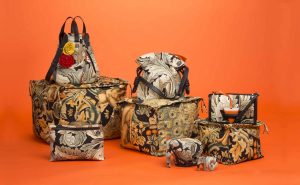
Another trend from the one that the fashion parlance has come to call “inspirational prints” has been followed by Loewe. Spearheaded by Jonathan Anderson, Loewe has launched the ‘Morris meets punk’ collection. The young Irish designer, who leads the way of Loewe’s creativity from 2013, has printed on specific Loewe items the famous patterns for paper and textile created by William Morris at the turn of the 19th century.
This pattern looks more natural, less forced, than printed calico specially designed to cover walls or upholster couches being printed on designer pants or handbags. This is not the transfer of a portrait of a smiling lady with its frame torn off, the boundaries of its raison d’etre, the outline that surrounds its world in sfumatto where it has lived uninterruptedly for four centuries.
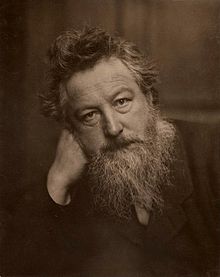
But this may be quite unimportant. Perhaps, what is most relevant is the evocative power of the image. This inspirational ‘je ne sais quoi’ that art has to offer. And, it could be that, while we wait for our latecoming friend with a beer in our hand and our beloved handbag, we might wonder things. Like why did the French painter who had a fight with Van Gogh get obsessed with women from Tahiti. Or why did the bearded English defend tooth and nail manual work, and drew endless pages with pencil and watercolours, skilfully linked them together with precious delicacy to ensure that seemingly seamless designs could be endlessly repeated.
But this may be quite unimportant. Perhaps, what is most relevant is the evocative power of the image. This inspirational ‘je ne sais quoi’ that art has to offer. And, it could be that, while we wait for our latecoming friend with a beer in our hand and our beloved handbag, we might wonder things. Like why did the French painter who had a fight with Van Gogh get obsessed with women from Tahiti. Or why did the bearded English defend tooth and nail manual work, and drew endless pages with pencil and watercolours, skilfully linked them together with precious delicacy to ensure that seemingly seamless designs could be endlessly repeated.
And we know the popular saying about tastes…

Would you like to walk around with the Giocconda under the arm? Having a business meeting with a Gauguin on the table or having a beer with Monet’s waterlilies on our lap? We do not mean canvasses or 170-cm wooden boards with heavy 1800’s frames. We are talking here carefully made imprints on some precious accessory or light outfit we wear. Jeff Koons’s answer is yes. The most highly valued living artist in the world and exceptional communicator defends tooth and nail his latest collaboration with Louis Vuitton, entitled Masters. A series of handbags with imprints on their pricy leather of essential works of art.
In his many interviews, Koons admits that “a handbag is an excellent platform for communication, an ideal way of bringing art out in the streets”. Koons considers that his main target as an artist is bringing down elitism and the hierarchies of Great Art. “Art is never an end; the end is the capacity of the object to tell us what we can do to expand our life. Our handbags accomplish this function.” With his designs for Vuitton, he claims to have created “special objects that transmit emotions because they tend to celebrate humankind”.
But, what would Gauguin, Da Vinci or Monet say to that? They lived in a time of printed fabrics. The world has changed substantially since then but not in every single aspect. Similar celebrities would have their own opinion on this issue. A 219-cm wide canvas depicting a lake overflowing with water flowers –on which one notices space, light and even the fragrance they give off– was not conceived to end up imprinted on leather. Admittedly, Mr Monet did not know anything about merchandising because it did not exist at the time.

Another trend from the one that the fashion parlance has come to call “inspirational prints” has been followed by Loewe. Spearheaded by Jonathan Anderson, Loewe has launched the ‘Morris meets punk’ collection. The young Irish designer, who leads the way of Loewe’s creativity from 2013, has printed on specific Loewe items the famous patterns for paper and textile created by William Morris at the turn of the 19th century.
This pattern looks more natural, less forced, than printed calico specially designed to cover walls or upholster couches being printed on designer pants or handbags. This is not the transfer of a portrait of a smiling lady with its frame torn off, the boundaries of its raison d’etre, the outline that surrounds its world in sfumatto where it has lived uninterruptedly for four centuries.

But this may be quite unimportant. Perhaps, what is most relevant is the evocative power of the image. This inspirational ‘je ne sais quoi’ that art has to offer. And, it could be that, while we wait for our latecoming friend with a beer in our hand and our beloved handbag, we might wonder things. Like why did the French painter who had a fight with Van Gogh get obsessed with women from Tahiti. Or why did the bearded English defend tooth and nail manual work, and drew endless pages with pencil and watercolours, skilfully linked them together with precious delicacy to ensure that seemingly seamless designs could be endlessly repeated.
But this may be quite unimportant. Perhaps, what is most relevant is the evocative power of the image. This inspirational ‘je ne sais quoi’ that art has to offer. And, it could be that, while we wait for our latecoming friend with a beer in our hand and our beloved handbag, we might wonder things. Like why did the French painter who had a fight with Van Gogh get obsessed with women from Tahiti. Or why did the bearded English defend tooth and nail manual work, and drew endless pages with pencil and watercolours, skilfully linked them together with precious delicacy to ensure that seemingly seamless designs could be endlessly repeated.
And we know the popular saying about tastes…
